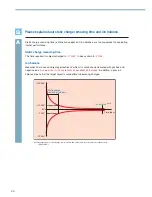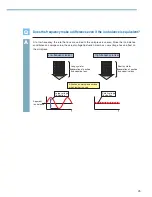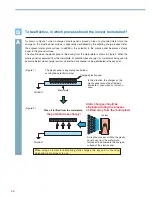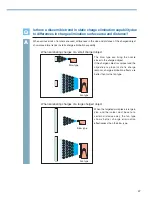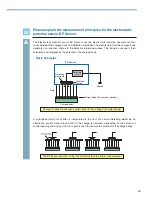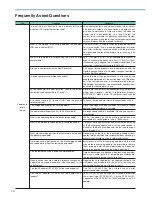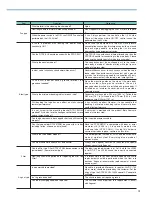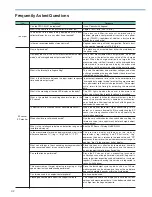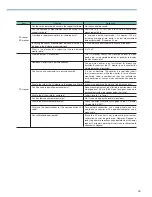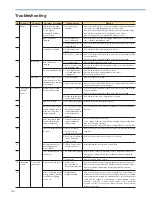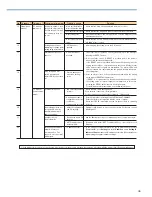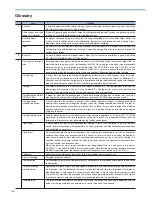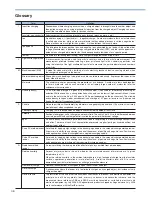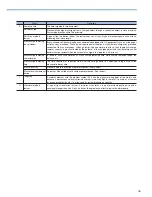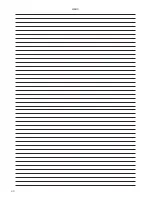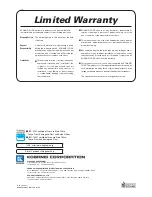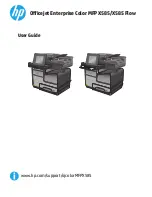
38
Term
Definition
I
L
M
O
P
R
Induction charging
Insulator, non-conductor
Ion
Ion balance
Ionizer
Light scattering method
Machine model (MM)
Minimum bending radius
Molecule
Ozone (density)
Particle
Peeling charging
Potential
ppm
Pulse AC method ionizer
Pulse DC method
ionizer
Radiation method
ionizer
Relative humidity
Removal of charge
Reverse charge
RoHS directive
Phenomenon where charging occurs when a charged object is brought close to another object and
then pulled away again, causing electrostatic induction from the charged object. Charging can occur
even if the two objects do not actually touch each other.
Substances that let virtually no electricity pass through (glass, paper, air, etc.)
A particle carrying a
+
(positive) or
−
(negative) charge. An atom or molecule that has lost electrons
is called a positive ion, while an atom or molecule that has added electrons is called a negative ion.
Since electrons are much lighter than protons, it is the electrons that usually move.
The difference between positive ions and negative ions generated by an ionizer. Also called offset
voltage. Measurement is performed using a charged plate monitor (CPM), and the result appears as a
potential on a charged plate monitor that has been exposed to ionized air for a specific period.
A device for eliminating (neutralizing) static charges through ionization of the air, etc.
A measurement principle used for par ticle counters and other par ticle measurement. The
measurement principle involves radiating a laser or intense light into air containing particles, and
using the intensity of the light scattered off particles to measure the particle diameters and numbers
of particles.
A model for when metal with a build-up of static electricity touches a device, causing a break when
the charge is discharged via the device.
Shows how much bending a tube, pipe, or cable can tolerate when used. Expresses the radius of the
inner side of the curve.
The minimum particles possessing the properties of a substance. A number of atoms bond together
to form a molecule, and an accumulation of an extremely large number of molecules form the
substances that surround us.
O
3
, an allotrope of oxygen. It gives off a distinctive odor. Often used for disinfection, bleaching, or
oxidation. While ozone has a strong oxidation action, and can be toxic at high concentrations, it even
exists in the natural world at 0.005 ppm to 0.05 ppm (depending on the environment). The allowed
ozone density in Japan’s labor environment is an average of 0.1 ppm or less over an 8-hour period
(Japan Society for Occupational Health).
Refers to particles with extremely tiny diameters, and generally to particles of 10 µm or less that rarely
precipitate out when suspended in a gas.
Charging that is induced when an object once contacted is peeled off a surface.
Positional energy per unit of charge in an electric field. The unit is V(volt). Also, the difference between
a certain potential and another potential is called the potential difference or voltage.
A unit of density, expressed in parts per million. Used for expressing in ultramicroscopic concentration
and ratios. There are also units of concentration expressed in pphm (parts per hundred million) and
ppb (parts per billion).
A method for applying high voltage to the discharging needle in the corona discharge method ionizer.
A feature is its ability to use sensing to control the amount of positive and negative ions. Positive ions
and negative ions can be discharged from a single discharging needle.
A method for applying high voltage to the discharging needle in the corona discharge method ionizer.
A feature is its ability to use sensing to control the amount of positive and negative ions. Positive ions
and negative ions are discharged from separate discharging needles.
An ionizer utilizing the ionizing radiation effect of alpha rays emitted from radioisotopes.
Amount of water vapor in the air, divided by the saturated amount of water vapor at a given
temperature (unit: %).
When the relative humidity in the ambient atmosphere is high, leakage of charge from the insulator
surface suppresses generation of static electricity. A relative humidity level of 65% or more
demonstrates particular effectiveness as a charge prevention measure.
Removal (neutralization) of charge built up on the surface of an object.
A phenomenon where the ionizer fails to eliminate charges on a charged object, but instead actually
charges the object.
The restriction of the use of certain hazardous substances in electrical and electronic equipment. In
principle, use of 4 heavy metals, lead, mercury, cadmium, and hexavalent chrome, and the
brominated flame retardants PBB and PBDE must be eliminated or curtailed in electrical and
electronic equipment by July 2006. All Koganei-brand products shipped by Koganei since July 2006
are in conformance with the RoHS directive.
Glossary

